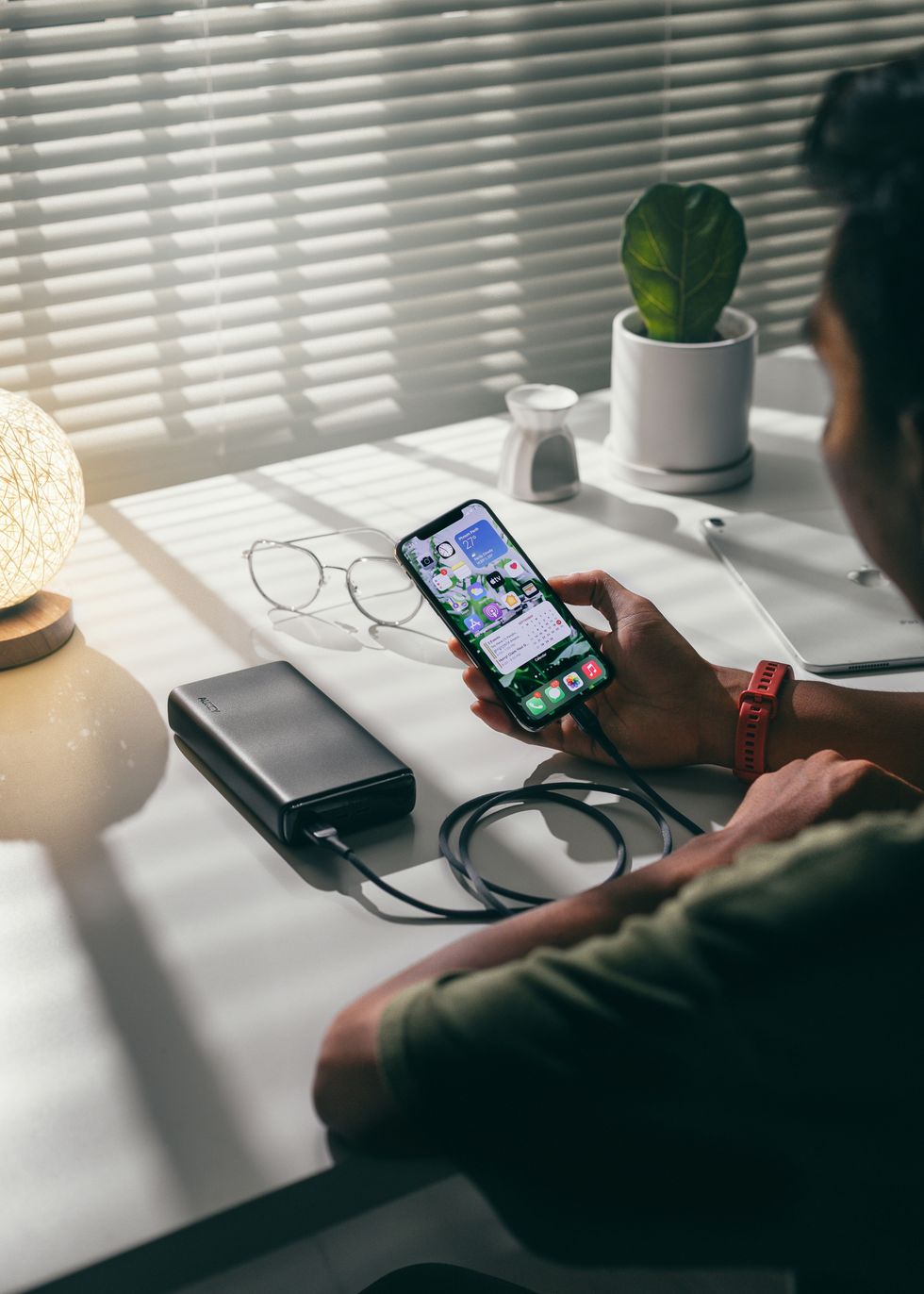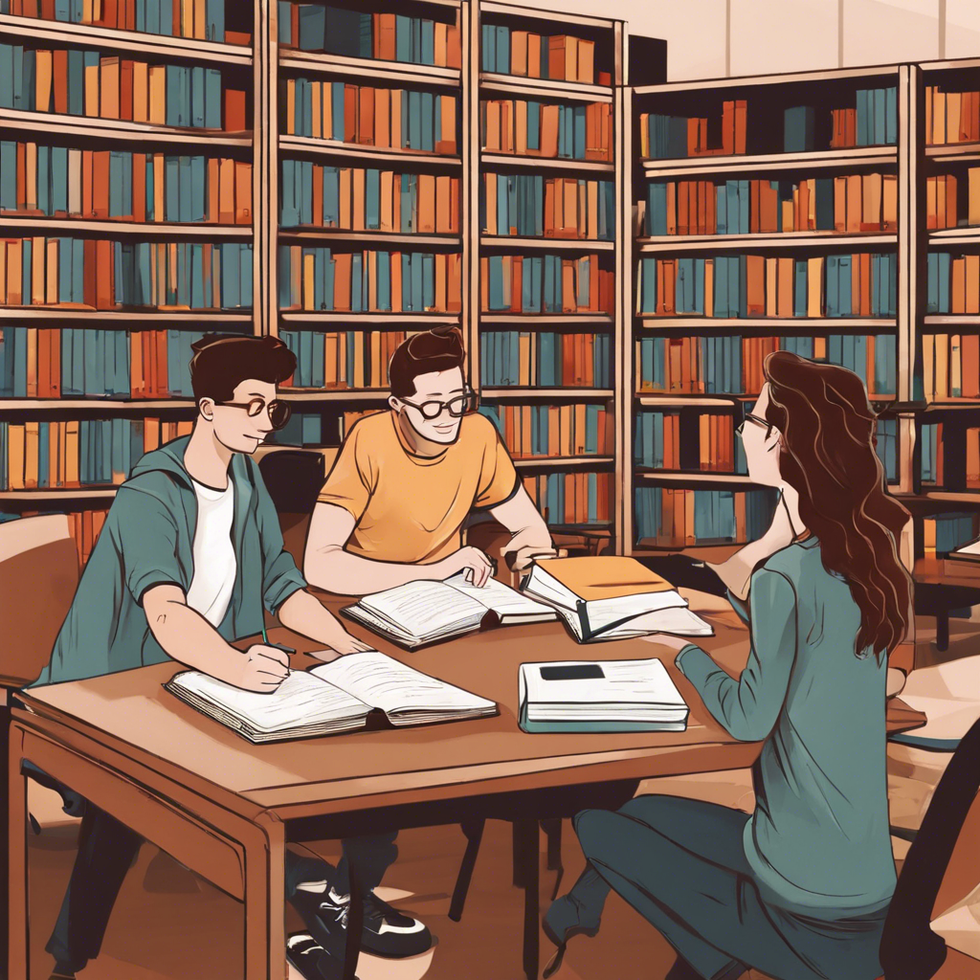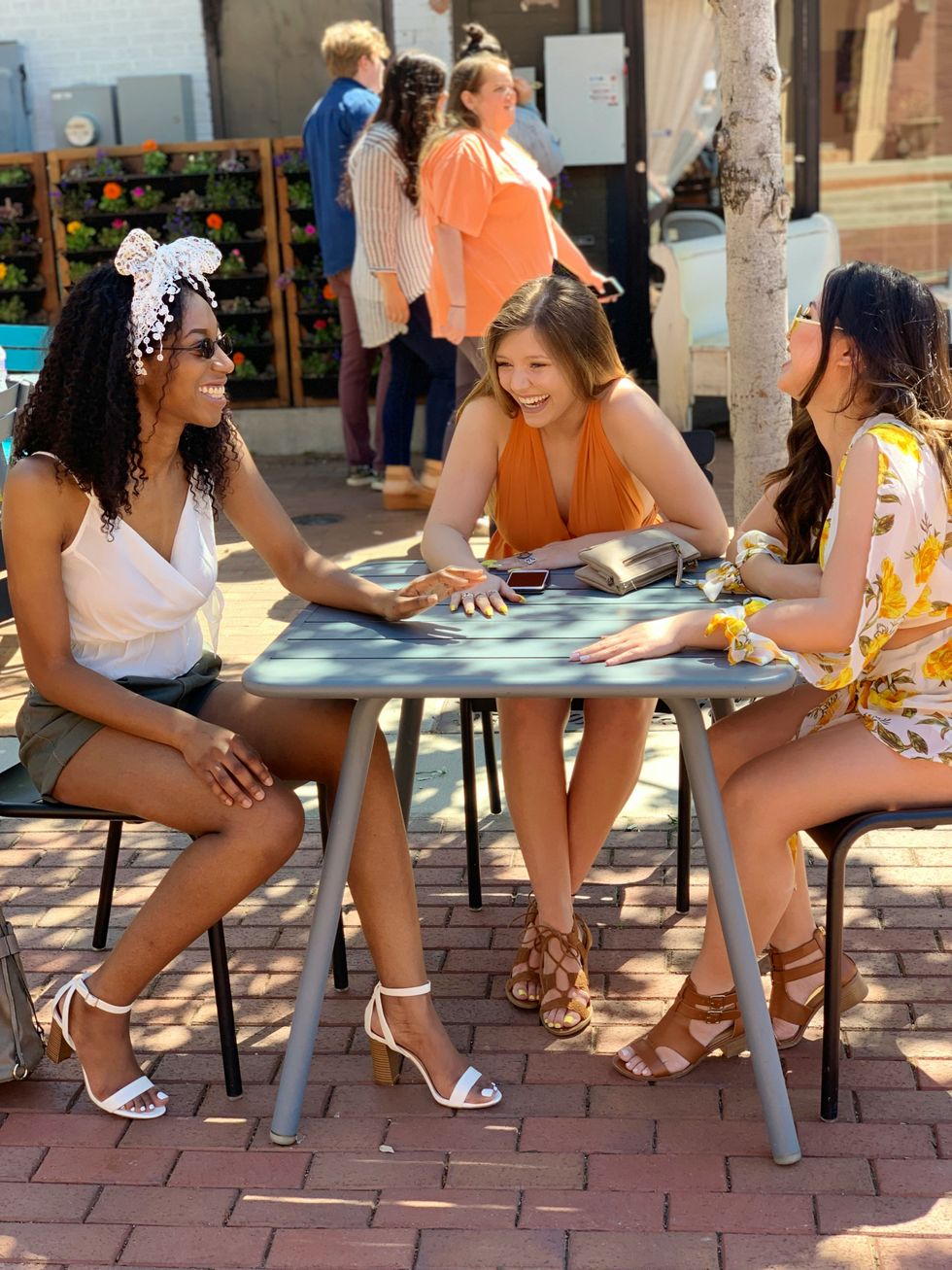Roughly five years ago, Lycoming College’s dining hall introduced to-go cups. Students and faculty rejoiced at the idea of taking coffee or tea on the go. Gone were the days of chugging coffee before leaving the cafe. This to-go cup culture quickly evolved, though. In an environment that boasts about critical thinking skills, the students rapidly figured out how to use these paper cups to their advantage. Soon cups filled up with ice cream, peanut butter, even hot dogs left the dining hall-- sometimes all at the same time. No one thought critically enough, though, in taking five cups a day, there was a bigger picture to our actions that we ignored. I wish I could say that I wasn’t guilty of this, but when everyone is doing it, it is hard to know what is right and wrong-- and coffee ice cream is bae.
With cups leaving the cafe with more than just coffee, people doubling up with cups because their coffee was too hot for the thin walls of the to-go cups, and the introduction of better coffee, soon the to-go cup consumption became out of control. The dining services were ordering $40,000 worth of to-go cups a year (22 students’ whole meal plan only goes toward to-go cups). More importantly, think of the environmental impact of $40K worth of paper cups.
The to-go cup issue transcends a small liberal arts college in central Pennsylvania, though. We live in a culture of convenience. We have access to so much at such a small cost that we believe taking more and more does not have an effect. Throwing out cups, plastic spoons, anything, instead of cleaning it or repairing it is obviously easier. Doing the harder thing can sometimes be the right thing, though. Stopping your use of paper cups might be a small step, but if everyone did it, think of the change.
1. In 2011, the United States alone used 25 Billion paper cups.
2. If you use one paper cup a day for a year, you create 23 pounds of waste.
That is just one cup worth of coffee a day. So if you get a coffee in the morning and then after work pick-up Taco Bell with a Baja blast, you aren’t even just using one paper cup a day. Using paper cups is so easy, you hardly even think about it. Noticed or not, it adds up.
3. If you save a cup every day for 40 years you save a lot!
24 Trees, 18 Days worth of power for your whole house, 1,800 pounds of wood
4. Using a reusable cup 5 days a week drastically cuts down on resources.
10 pounds of fossil fuels and 65 pounds of Greenhouse Gas Emissions.
Not only do cups need to be made, which includes plants and manufacturing, but all of this moving around requires trucks and shipping.
5. Most paper cups aren’t actually recyclable.
Many cups have a “necessary evil” coating the inside. This polyethylene helps your cup stay a cup and not a pile of mush. Extracting the plastic and paper during the recycling process just isn’t something the current market can handle. So paper cups generally just end up in the landfill despite being sometimes put in the recycling.
Even “Compostable” cups require more than just a backyard compost. The cups don’t break down faster than they would anyway, and require a municipal/industrial compost.
6. Recycling and Composting are great, but not the best.
Placing your cup into recycling or even finding a way to compost them does not take away from the fact that those resources were used. Recycling won't magically put those fossil fuels back into the truck or zap the CO2 out of the atmosphere.
7. Only 1.5% of Starbucks orders are filled in Reusable cups
If every Starbucks order was in a reusable cup we would save 4.4 billion gallons of water, 1.8 billion pounds of trees, 2.5 billion lbs of CO2 emissions.
Bonus: you save $.10 every time you bring a reusable cup. That is $36 a year!
8. If someone yelled for 8 years straight, they would produce just enough energy to heat a cup of coffee.
9. Fact: Reusable cups are way cuter than paper ones.
10. So, what does it take to make a reusable cup?
Obviously, reusable cups use energy and materials to use, and probably more compared to a single paper cup. Most reusable cups have a break-even point around 24 uses. So your reusable cup has the same amount of spent resources behind it as 24 paper cups. BUT reusables average about 3,000 uses, so it isn’t hard to break-even at all, and continue to break-even.
Bonus points if you chose an eco-friendly reusable cup. Generally, these eco-friendly cups have less of a break-even point and are made of recycled material.




 Photo by
Photo by 
 Photo by
Photo by  Photo by
Photo by 

 Photo by
Photo by  person holding black smartphone on white textile
Photo by
person holding black smartphone on white textile
Photo by  StableDiffusion
StableDiffusion
 Photo by
Photo by  Photo by
Photo by 








